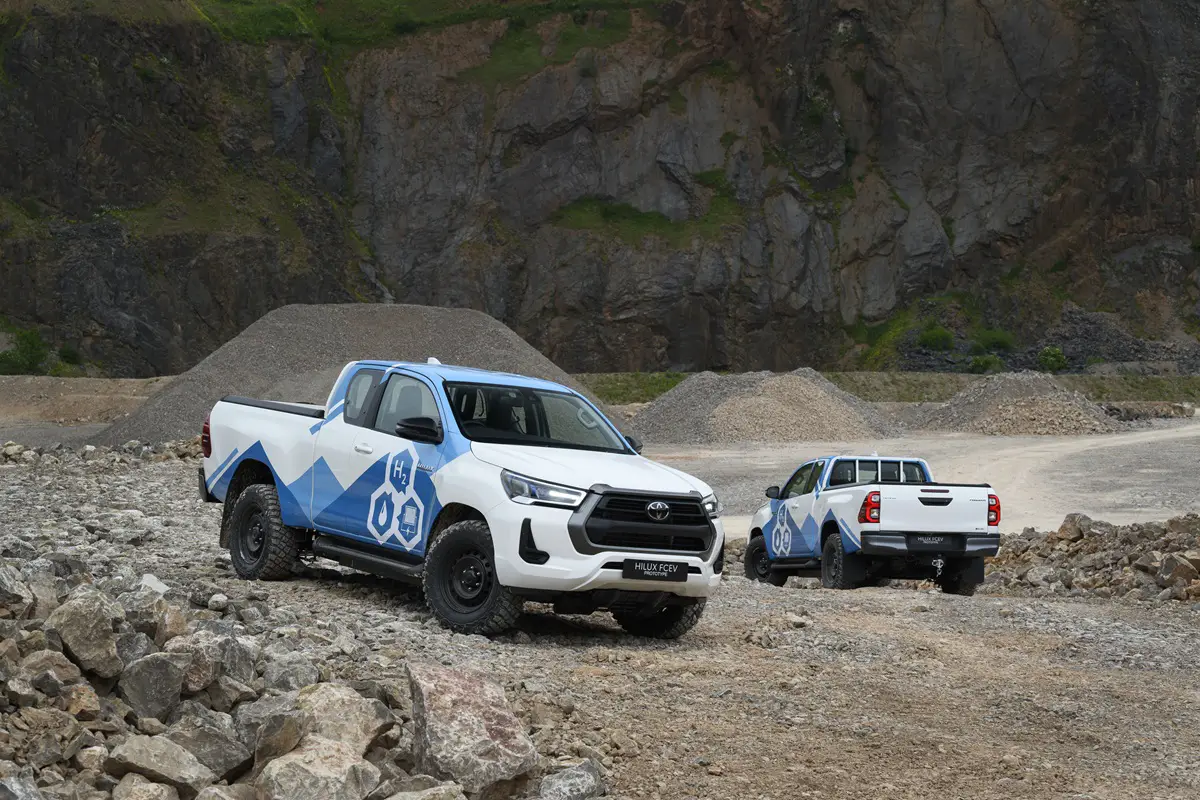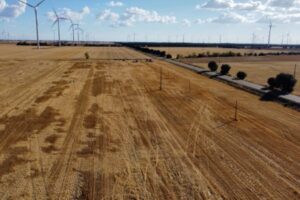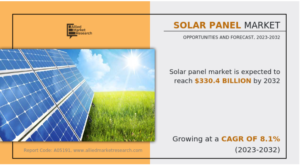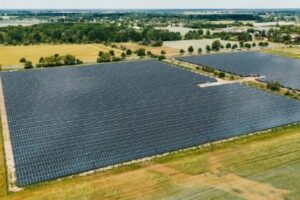Toyota Hilux Hits Demo Phase, With Ten Prototypes Built

Toyota reaches another milestone in its progress toward zero-carbon vehicles.
The Toyota Hilux has moved on to a new phase, reaching an “intensive evaluation and demonstration stage”, according to a Toyota Europe news release. Ten prototypes of the hydrogen fuel cell-powered pickup have now been built, allowing the automaker to move on to the next and last phase of the joint development prototype project.
The prototypes were built in England.
The first Toyota Hilux prototype was unveiled back in September of last year. Now, a total of 10 hydrogen fuel cell pickups have been built at the Toyota Motor Manufacturing UK (TMUK) facility in Derby, England.
Five of these vehicles are being rigorously tested to evaluate the H2 pickup’s performance, functionality, safety and durability. The goal is to generate test drive data from these vehicles in real-world situations. The other five prototypes are being used in media and customer demonstrations, two of which will be at the upcoming Paris 2024 Summer Olympic and Paralympic games.
Prototype Toyota Hilux Profile.
According to Toyota, the hydrogen fuel cell prototype pickup is based on the Toyota Hilux, which was initially launched in 1968. The prototype H2 version has the following specs:

2024 Toyota Hilux FCEV-prototype – Image Source: Toyota
- Dimensions: 5325 mm (17.47 ft.) long, 1855 mm (6.08 ft.) wide, 1810 mm (5.93 ft.) tall.
- Driving range up to 600 km (372.8 mi).
- Hydrogen is stored in 3 high-pressure fuel tanks, each containing 2.6 kg for a total capacity of 7.8 kg.
- 330 cells are contained within the polymer electrolyte fuel cell stack.
- It has rear-wheel drive via an e-motor on the rear axel, delivering 134 kW (182 DIN hp) of maximum power and 300 Nm maximum torque.
- A lithium-ion hybrid battery stores the electricity produced on-board by the fuel cell.
When in operation, the Toyota hydrogen Hilux generates zero tailpipe emissions.
Delivering carbon neutrality across Europe.
 This latest milestone in the joint development project of the hydrogen fuel cell-powered pickup, which is supported by UK Government funding, demonstrates Toyota’s wide-ranging multi-path strategy toward reaching carbon neutrality.
This latest milestone in the joint development project of the hydrogen fuel cell-powered pickup, which is supported by UK Government funding, demonstrates Toyota’s wide-ranging multi-path strategy toward reaching carbon neutrality.
This multi-path strategy includes applying different powertrain solutions to best suit the different user needs and local infrastructure across Europe. Among these powertrain solutions include hybrid electric, plug-in hybrid electric, battery electric, fuel cell electric and e-fuels.
The automaker giant anticipates Europe will be one of the largest hydrogen fuel cell markets – steadily growing in mobility and power production applications – by the start of the next decade. The Toyota Hilux prototype project is part of the company’s broader European strategy to speed up development of H2 solutions – technology, eco-systems and infrastructure – to deliver carbon neutrality across Europe.






